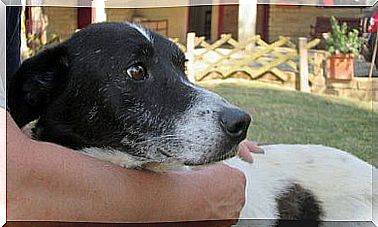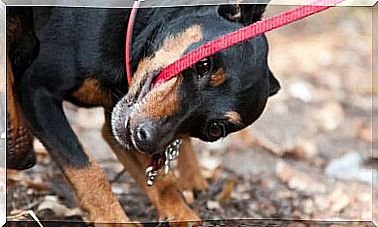Buying A Breed Dog: Advice And Considerations

Some questions must be asked before and when buying a breed dog. The goal is to make it easier for the animal to adapt to its new home and its owners’ lifestyle.
What to Consider Before Buying a Breed Dog?
1. Male or Female?
Males or females have different temperaments and require different care. It is important to choose the one most suited to the future owner’s lifestyle, expectations and available time.
Males tend to have a stronger sense of territory. This means that they can become aggressive when sharing a house with new pets or people. Also, it is common for them to want to pee all over the house – if they are not neutered.

Females will need special attention during the heat phase, but they are often more easily socialized and excellent protectors of children. And they also have a smaller stature and adapt more easily to houses with less space.
2. For the short or for the long?
This decision is critical for allergy sufferers. In this case, the ideal is to give preference to hypoallergenic breeds, such as Terriers and Greyhounds. However, the time available for future owners must also be taken into account.
Long-haired dogs need to be brushed two to three times a week to prevent dead hair from accumulating. Hygiene will also need to be more meticulous to prevent bad odor and disease. In addition, it is recommended to cut the “mane” once or twice a year.
Short-haired dogs usually need brushing their fur three or four times a month and one to two baths a week. It is possible to treat the coat once a year or once every two years, depending on the breed.
3. Small, medium or large?
Small dogs are special for the space-constrained environments of big cities, but they also need to exercise to maintain their health and avoid the consequences of being overweight.
For one thing, medium-sized dogs can live in apartments with ample open space, such as balconies and porches. Even so, ideally, they should be created in houses with a patio or garden.
Have large dogs or giant need large venues to develop, and a high dose of exercise.
What to consider when buying a purebred dog?
1. Choose a responsible establishment
It is possible to assess the reputation of the breeder on the internet or ask someone who understands this subject. The most important thing is not to finance the illegal and abusive breeding of domestic or exotic animals. These practices are considered a crime and threaten the survival of animals.
2. Respect the weaning age
It is common not to respect the age of the wean in the buying and selling market. Puppies are often separated from their mother when they are 40 days old, when, of course, they would still be in the suckling phase until they are two or three months old.
When this happens, the animal does not receive the nutrients and antibodies necessary to fully develop its immune system, making it vulnerable, mainly, to viral infections and intestinal parasites.
The puppy also feels insecure when he is suddenly separated from his mother.
When choosing a breed dog, the ideal is to look for a responsible breeder that respects the minimum weaning of sixty days.
3. Race and pedigree certification
The breeder must deliver the complete puppy record. Most countries and establishments work only with Pedigree. However, there are other variables that may be required, such as: Initial Registration Certificate (CRI), Racial Purity Certificate (CPR) or the Genealogical Certificate (CG).

3. Vaccination and deworming
A puppy must be accompanied by a health certificate, including the vaccination card and deworming. It is important to verify that these precautions are attested by the signature of the responsible veterinarian.
4. Environmental conditioning
When planning to purchase a purebred dog, it is important to prepare the house for their arrival. The puppy must feel comfortable and secure to be able to adapt to the new home.
First, the environment must be acclimatized. Puppies are not fully able to regulate their body temperature. The ideal is to keep the temperature between 22 and 25 °C.
The place must have a crib, a feeder and a drinking fountain appropriate to the size and morphology of the animal. It is important to reserve a clean, dry and quiet space for the puppy.
5. Animal socialization
It is very important that the dog learns to live socially and to peacefully share space with other animals. The socialization process is the most effective and responsible practice to properly educate our best friends.
Ideally, the puppy starts being socialized between 4 and 20 weeks of age.
Main image source: Dario Sgroi









